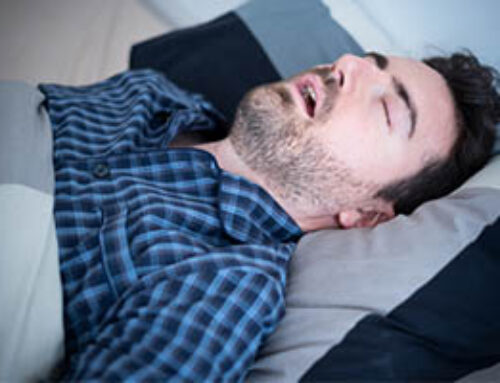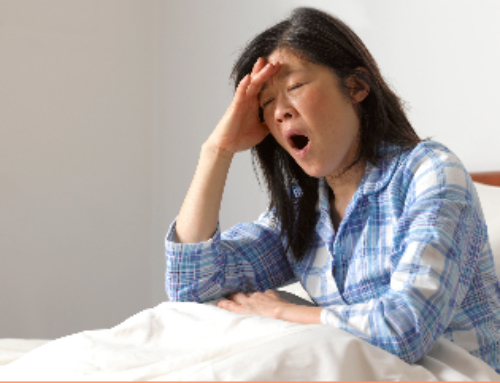A new scientific statement urges doctors to pay attention to the link between sleep apnea and heart disease.
The joint statement was released by the American Heart Association and the American College of Cardiology Foundation. It was published online ahead of print on July 28, 2008.
“It is possible that diagnosing and treating sleep apnea may prove to be an important opportunity to advance our efforts at preventing and treating heart disease,” Dr. Virend K. Somers said in a prepared statement. Somers was the chair of the joint statement writing committee.
According to the American Academy of Sleep Medicine, obstructive sleep apnea occurs when the muscles relax during sleep. As a result soft tissue in the back of the throat collapses and blocks the upper airway. Breathing pauses can last from 10 seconds to a minute or longer. A person with severe sleep apnea may have hundreds of breathing pauses per night.
The statement describes how these pauses affect the heart and the body. They can produce a severe drop in oxygen levels. The amount of oxygen in the blood can drop below 60 percent. At the same time blood pressure can soar as high as 240/130. According to the National Heart, Lung, and Blood Institute, normal blood pressure is below 120/80. This stress triggers your body to respond in ways that may promote heart disease.
The rest of the statement describes recent research findings. Studies show that sleep apnea is one risk factor that can cause high blood pressure. About 30 percent of people with high blood pressure also have sleep apnea.
Many studies also show that people with sleep apnea have a higher risk for other forms of heart disease. These include coronary artery disease, heart attack and congestive heart failure. But it is not yet clear if sleep apnea causes these heart problems.
“We need to more clearly define the cause and effect relationship between sleep apnea and cardiovascular diseases and risk factors,” said Somers.
One common risk factor for sleep apnea and heart disease is obesity. The statement describes obesity as “the single most important cause” of sleep apnea. The U.S. Centers for Disease Control and Prevention reports that more than one-third of adults in the U.S. are obese. There was a small increase in the obesity rate from 2003-2004 to 2005-2006.
Only about 15 percent of people with sleep apnea have been diagnosed. The statement says this is only “the tip of the iceberg.” The authors fear that sleep apnea will become an even greater problem if obesity rates continue to rise.
The statement provides no simple solutions for the problems of sleep apnea and heart disease. The best option is for doctors to detect and treat both conditions.
“It would be best to take a two-pronged approach and treat patients from both perspectives,” said Somers. “In other words, treat both their sleep apnea and their cardiovascular disease.”
A study in the August 1 issue of the journal Sleep confirms the urgency of treating sleep apnea. Results show that people with severe, untreated sleep apnea have five times the risk of dying from a heart problem. According to the National Center for Health Statistics, heart disease is the leading cause of death in the U.S. There were more than 650,000 deaths from heart disease in 2005.
The primary treatment for sleep apnea is continuous positive airway pressure (CPAP) therapy. It provides a steady stream of air through a mask that you wear during sleep. This airflow keeps the airway open to prevent pauses in breathing. It also restores normal oxygen levels. A growing body of research shows that treating sleep apnea with CPAP may reduce the risks of heart disease.
Another treatment option is to wear an oral appliance during sleep. Surgery is less common but may help enlarge the airway in some people. Children with sleep apnea often benefit from surgery to remove their tonsils and adenoids.
Loud and erratic snoring is a key warning sign for sleep apnea. Another sign is when silent pauses during sleep are followed by gasping or choking sounds. Men are twice as likely as women to have sleep apnea. A woman’s risk increases during and after menopause. In children sleep apnea often occurs between three and six years of age.
Expert medical help is available for people who have sleep apnea. Sleep disorders centers that are accredited by the American Academy of Sleep Medicine are located across the U.S. Find an AASM-accredited sleep center near you at www.sleepcenters.org.
The scientific statement “Sleep Apnea and Cardiovascular Disease” is available online. It is on the Web sites of both the journal Circulation and The Journal of the American College of Cardiology.





